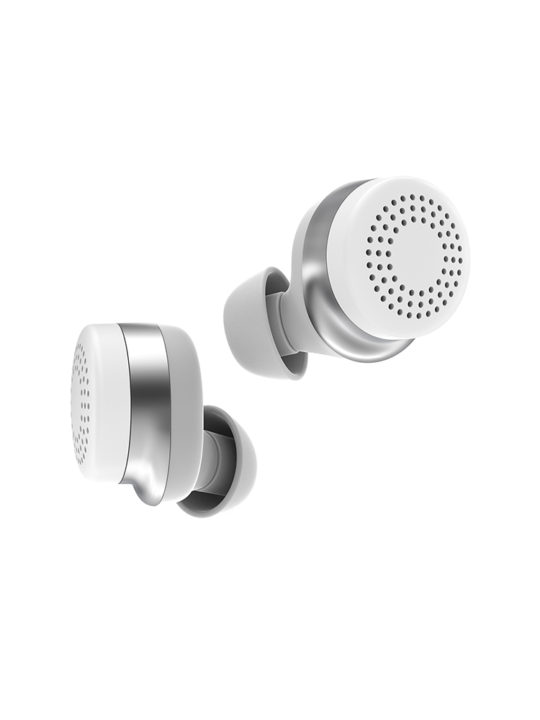
Matt Schaefer
Photo credit: Courtesy of Matt Schaefer
The consumer electronics industry sees new trends on a yearly basis, with perhaps the most prolific recent trend being drones. With this trend came the introduction of consumer-oriented drones priced in the thousands — spouting unprecedented stability, flight control, and camera quality. However, industry leader DJI has recently entered the affordable market with the DJI Spark — a small and portable drone that hits the $500 price point with minimal sacrifices. Is the Spark a fascinating gadget that will impress anybody? Absolutely. Is the Spark a useful tool for real estate professionals? That is a much more interesting question.
There are two packages available: the base Spark, and the Fly More Combo. With the Fly More Combo you get the potentially vital additions of crash guards, a second battery, and most importantly a physical controller (among a few other accessories). However, this package comes at a $200 premium bringing the total price up to $700. While the price of the Fly More Combo is 40% higher than the base model, some of those accessories could be the difference that make the Spark a worthy addition to your arsenal.Let’s start with flying the Spark, the most important functionality a drone can have. With the base package, you’ll be controlling it via DJI’s smartphone app. The app is well designed and contains a lot of features, but when it comes down to it, a touchscreen is not the best medium for drone control. It will do the trick for outdoor shots showing the property and land, but not so much for indoors. The physical controller will give you more precise control, but a normal camera is better suited for indoor photos or videos.
That brings us to image quality. You’re using the drone to show a property, so how does it look? You’ll get still photos at a solid 3968 x 2976 resolution, with impressive colors and sharpness. Video is limited at 1080p (30fps), but still looks great with the same colors and sharpness. The wide-angle lens makes high altitude aerial shots and birds-eye views easy for pilots of any skill level.

The Spark also has some fancy intelligent flight modes built in. You can reach your palm out and control its flight with the movement of your hand, a very cool feature that, admittedly, has no real value to a real estate professional. It also has a follow mode to follow a selected subject, something I thought would be great for walkthroughs of a house, but quickly learned through testing it cannot reliably handle corners or tight doorways.
Battery life is advertised at 15 minutes of flight time, and I’ve found that to be more or less accurate. However, when you need specific shots of a home from different angles, 15 minutes goes by very quickly. You’ll likely want more than one battery, another advantage of the Fly More Combo.
And finally, portability. While not the most important aspect for a real estate professional that isn’t pressed for storage space, it’s still important. The Spark itself is really small, measuring roughly 15cm by 15cm. I do wish the arms could fold in like the DJI Mavic (a $1000 model), but it’s still small enough to fit comfortably in any bag.
If you are looking for outdoor aerial shots of a property, the Spark is a great option. You can easily achieve that with the base model, but I would suggest picking up an extra battery. The Fly More Combo makes indoor shots a possibility, but the Spark’s bread and butter is undoubtedly the outdoor aerial footage.
Matt Schaefer provides tech reviews on YouTube to his more than 480,000+ followers on the channel MS Tech.


